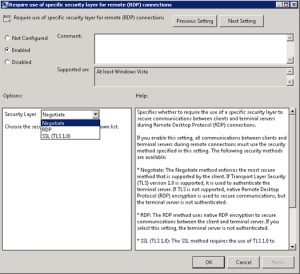
Common IssuesĪ vulnerability occurs if the HTTP protocol is used to transmit sensitive information (e.g.

Other misconfiguration can be used for a Denial of Service attack. Servers are authenticated using digital certificates and it is also possible to use client certificate for mutual authentication.Įven if high grade ciphers are today supported and normally used, some misconfiguration in the server can be used to force the use of a weak cipher - or at worst no encryption - permitting to an attacker to gain access to the supposed secure communication channel. The use of this protocol ensures not only confidentiality, but also authentication. HTTP is a clear-text protocol and it is normally secured via an SSL/TLS tunnel, resulting in HTTPS traffic. As a rule of thumb, if data must be protected when it is stored, it must be protected also during transmission. Such data can include user credentials and credit cards. Sensitive data must be protected when it is transmitted through the network.
#Windows terminal services server ssl vs tls upgrade
Do I need to upgrade from an SSL certificate to TLS certificate?Īs we discussed, SSL is just a term. We’re just saying that we’ve become so used to the term ‘SSL’ that we can’t help but use it even though TLS is the correct way of saying it.

No, we’re not talking about the Stockholm Syndrome here. Sometimes, people become too familiar or comfortable with some things that it becomes hard for them to get away from them. In short, TLS is the new name for SSL, there shouldn’t be any debate on ‘SSL vs TLS.’ Why do we still call them ‘SSL Certificates’? TLS 1.3 is presently in the draft phase and will soon be released publicly.Īs per news, The differences between this protocol and SSL 3.0 are not dramatic, but they are significant enough that TLS 1.0 and SSL 3.0 do not interoperate. TLS 1.2 is currently used to secure communication between servers and web browsers. TLS 1.0 and 1.1 have been deprecated as a result of vulnerabilities found in them. Since then, two versions of TLS – 1.1 and 1.2 have been released.

TLS 1.0, released in 1999, was an upgrade on SSL 3.0. SSL 2.0 and 3.0 were both deprecated by the IETF a long time back. After 3.0, there hasn’t been a single new version of SSL. It too fell short on the security part and was soon replaced by SSL 3.0 in 1996. SSL 2.0 was the first version to be released in public. However, SSL 1.0 was never released publicly as it had some serious security flaws. It was Netscape that developed the first version of SSL.

In short, they’re the technologies behind the products (certificates), not the products.Īs far as the TLS vs SSL debate is concerned, TLS (Transport Layer Security) is the successor of SSL (Secure Socket Layer). SSL and TLS are protocols used to communicate securely over a network. Many people mistakenly take SSL/TLS certificates to be equal to SSL/TLS. Think of the headsets! What You Need to Understand About TLS? We buy headsets in bulk… Anyway, we’re here to clear the SSL vs TLS confusion once and for all. Our customer support team is so sick of hearing ‘what’s the difference between SSL and TLS?’ that at least once a week someone chucks their headset against the wall. Is there any difference between SSL and TLS security?Īre you scratching your head thinking about SSL vs TLS? Are they the same? Is it just a case of ‘Po-tay-to, Po-tah-to’?


 0 kommentar(er)
0 kommentar(er)
